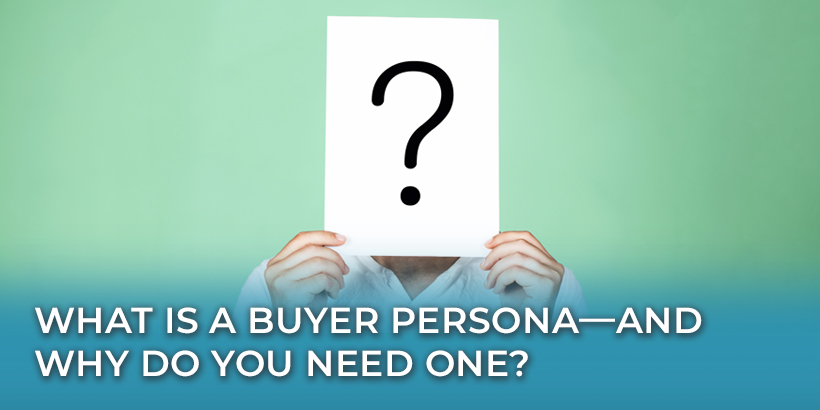
Who’s your audience? Who are the people you want to talk to? Who buys your products, uses your services, or supports your mission?
Most organizations have a broad understanding of who these people are. But with buyer personas, you can hone in on the specific groups of people you’re trying to reach. Also known as customer personas, audience personas, marketing personas, or even just plain old personas, these are hypothetical representations of a specific customer who falls under one of your largest, most valuable audience segments.
Personas go beyond basic data points like “white, Christian, male, 35–44.” That information can help, but it’s important for your personas to be informed by things you’ve learned about your customers and audience members.
So a persona might include notes more like: “executive pastor of a medium-sized church, wants to use church resources more efficiently, understands finance, loosely familiar with tech.”
Or it might be something like: “Sarah is a mother of three who wants to teach her young children about Jesus. She grew up in the church and is familiar with the Bible, but she still struggles to apply Scripture to her own life.”
Your personas can be as broad or as detailed as you want them to be. You might include personal or professional aspirations and challenges, hobbies and interests, websites they visit regularly, or anything else that helps you understand who you’re talking to and what’s important to them.
That’s what a persona is. Here’s why they matter to your organization.
Personas represent real people you’re trying to reach
Personas represent actual slices of your target audience. They’re rooted in research about the people you currently serve and those you want to reach.
This research might come from data from your own site (such as the keywords people use to find you, or other information from an analytics tool), common conversations your customer service or sales team have with customers, surveys, and other sources that help you get to know your audience.
You should be able to create at least three audience personas to represent the different kinds of people you want to reach. Depending on how big your organization is and how diverse your products or services are, you might have many more than that.
Organizations often give their personas descriptive, whimsical, or alliterative names like Worship Pastor Will or Bible Study Betty. It’s not necessary, but the point is to think of your personas as real people—because that’s who they represent, and that’s how your personas will help you serve your audience better.
Personas help you personalize your message
You shouldn’t talk to a church administrator the same way you talk to a senior pastor, youth leader, or small group leader. And you may not want to talk to married people the same way you talk to singles.
All of these various types of people may be in your target audience. And you can certainly use generic messaging to make sure your ad, email, or blog post is somewhat relevant to all of them. But when you know more about who you’re talking to, that changes your pitch, right? Each type of person has unique problems and goals that may not be shared by the rest of the group, and that creates new angles to bring up your product, service, or cause.
If you can group members of your audience according to their shared qualities and target them based on those qualities, suddenly, you can make your messaging a lot more relevant. You can craft messaging that creates more overlap between what they want and what you can do.
That’s the point of marketing personas. You can segment your email list according to which persona someone relates to the most. Then everything you send them will feel more personal and directly relevant. And ultimately, more relevant messaging should lead to higher conversion rates. So you get more out of the work you put into marketing.
Who are you trying to reach?
Crafting personas is about getting to know your audience. It’s an important marketing exercise that impacts all your future messaging and helps you use your marketing resources more efficiently.
Need some inspiration? Take a look at how we use personas to help brands understand our audiences.